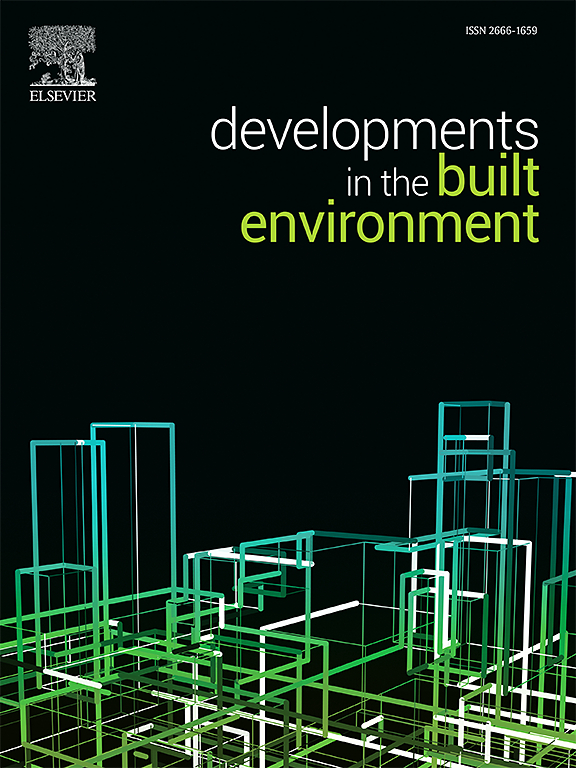Towards evidence-based fire prevention policy: Uncovering drivers of urban residential fire spread via explainable machine learning
IF 8.2
2区 工程技术
Q1 CONSTRUCTION & BUILDING TECHNOLOGY
引用次数: 0
Abstract
Urban residential fires pose growing threats to public safety due to rapid urbanization and increasing building density. This study analyzes key drivers of residential fire spread using over 100,000 UK fire records and employs Bayesian-optimized XGBoost modeling with SHAP interpretability analysis. Results indicate emergency response attributes, particularly alarm delays and detection times, dominate fire spread risk, contributing 51 % to predictive performance. Fire dynamics factors, including rapid growth and kitchen fires, contribute an additional 33 %. Although building and occupancy attributes carry less overall weight, they significantly affect spread under specific conditions. The Tomek links method best addresses class imbalance by accurately identifying major fire incidents. Based on these insights, recommendations include optimizing emergency resource allocation, enhancing alarm system technologies, and developing intelligent monitoring platforms. This research provides critical evidence-based guidance to enhance early warning capabilities and improve firefighting effectiveness in urban environments.
基于证据的防火政策:通过可解释的机器学习揭示城市住宅火灾蔓延的驱动因素
随着城市化进程的加快和建筑密度的增加,城市住宅火灾对公共安全的威胁越来越大。本研究利用超过10万份英国火灾记录分析了住宅火灾蔓延的关键驱动因素,并采用贝叶斯优化的XGBoost模型和SHAP可解释性分析。结果表明,应急响应属性,特别是报警延迟和检测时间,主导着火灾蔓延风险,对预测性能贡献了51%。火灾动力学因素,包括快速增长和厨房火灾,贡献了另外33%。虽然建筑和占用属性的总体权重较小,但它们在特定条件下显著影响传播。Tomek links方法通过准确识别重大火灾事件,最好地解决了阶级不平衡问题。基于这些见解,建议包括优化应急资源配置,增强报警系统技术,开发智能监控平台。该研究为增强城市环境中的预警能力和提高消防效能提供了重要的循证指导。
本文章由计算机程序翻译,如有差异,请以英文原文为准。
求助全文
约1分钟内获得全文
求助全文
来源期刊

Developments in the Built Environment
Multiple-
CiteScore
7.40
自引率
1.20%
发文量
31
审稿时长
22 days
期刊介绍:
Developments in the Built Environment (DIBE) is a recently established peer-reviewed gold open access journal, ensuring that all accepted articles are permanently and freely accessible. Focused on civil engineering and the built environment, DIBE publishes original papers and short communications. Encompassing topics such as construction materials and building sustainability, the journal adopts a holistic approach with the aim of benefiting the community.
 求助内容:
求助内容: 应助结果提醒方式:
应助结果提醒方式:


